Trending:
World Heritage Week: Delhi’s Heritage Walk Experts Reveal Their Favourite Underrated Spots In The City
Three history enthusiasts share their favourite overlooked corners of the city
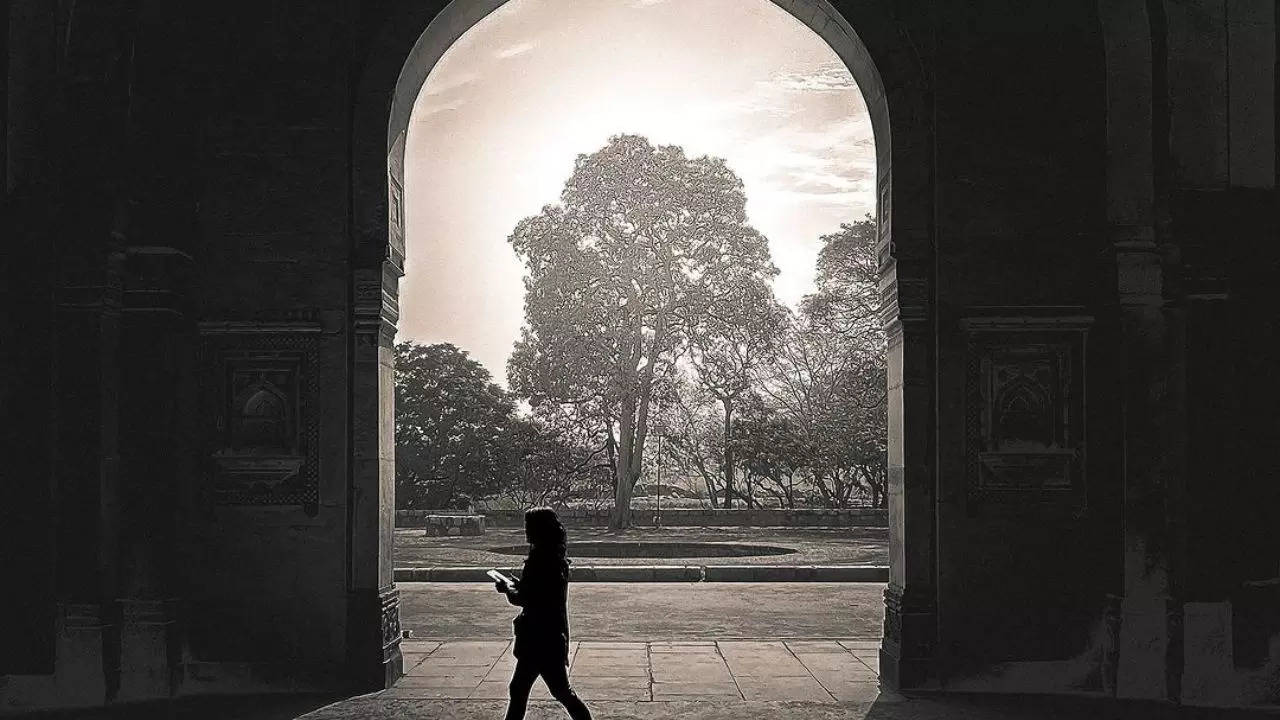
The city's heritage walk experts share their favourite underrated city gems. Credit: Abu Sufiyan
Delhi is a living, breathing chronicle of India’s past. For those of us who call it home, there’s always something new to discover, no matter how well we think we know its streets and stories. This World Heritage Week, we turned to the city’s heritage walk experts to uncover the hidden corners of Delhi that rarely make it to guidebooks or social media feeds. We asked those who’ve spent years peeling back Delhi’s historical layers, to answer one simple question: “What’s your favourite hidden heritage site in Delhi?”
Ramit Mitra: Kushk-i-Firoz, Ferozshah Kotla Fort
Ramit Mitra is the founder of DelhiByFoot Adventures and as the name suggests, he keeps walking – to every monument in and near town! For him, an expert in Delhi’s history, Ferozshah Kotla Fort, straddling both Old and New Delhi is a poignant reminder of the city's past.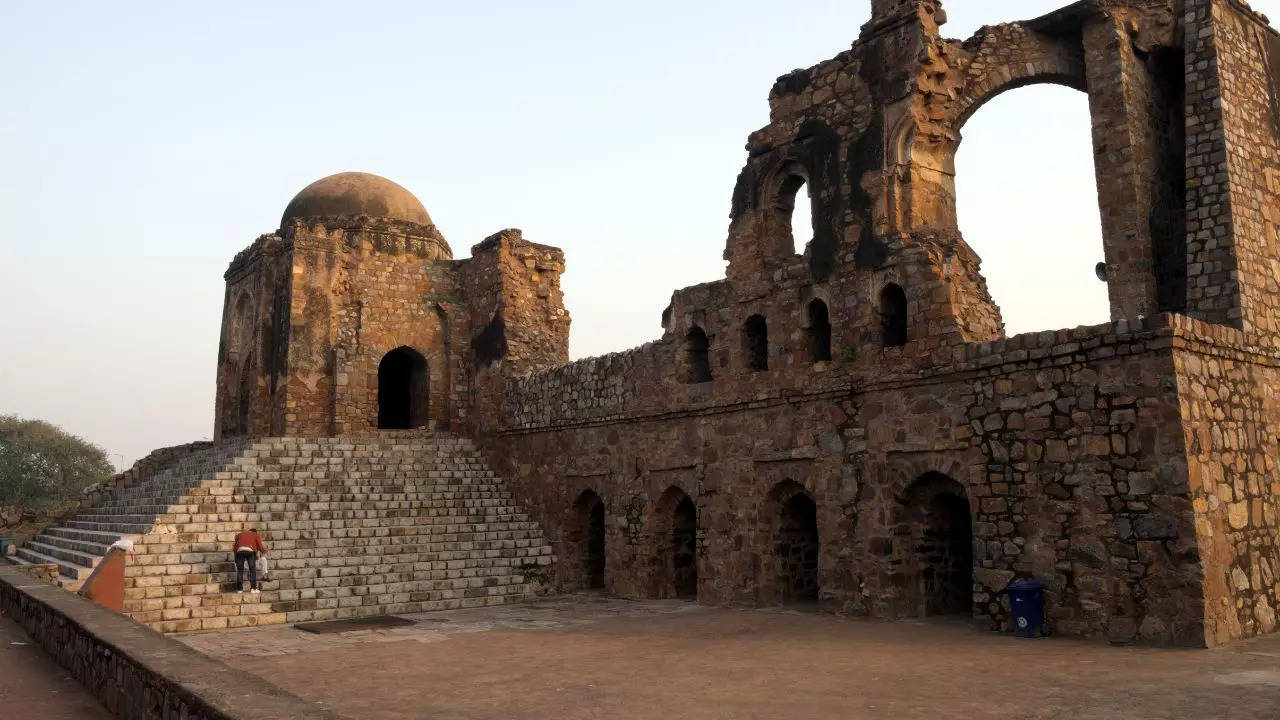
“The 14th century fort ruins of 'Kushk-i-Firoz' (Palace of Firoz) next to which stands the famed Ferozshah Kotla cricket stadium, continues to remain largely unexplored, shrouded in a veil of mystery...a mystery concerning the Djinns (supernatural spirits) and Fakirs (wandering minstrels) of Delhi. This mediaeval palace-fort built by Sultan Ferozeshah Tughlaq in 1351 CE, on the banks of the Yamuna, is the most prominent marker of Delhi’s fifth city. Kotla signifies a kot (small fortified enclosure). What makes it a must-visit are the ‘dead’ ruins—what historians say was the sultan’s residence, meeting-rooms, Delhi’s only circular Baoli (Stepwell) and the massive palace mosque, scattered amongst beautifully landscaped gardens, with pockets of dense, canopied tree shade. The most striking feature of Kotla is a shining stone pillar standing atop a three-storeyed pyramidical structure, near the mosque, a nearly 2,300-year-old Ashokan rock edict, procured and installed in his palace by the Sultan about 640 years ago. The Kotla ruins perhaps help make sense of our city - straddling the past and modern, acting as a bridge between Ashoka’s ancient India, mediaeval Sufi mysticism and modern India, right in the heart of the bustling, modern metropolis that Delhi is,” he shares.
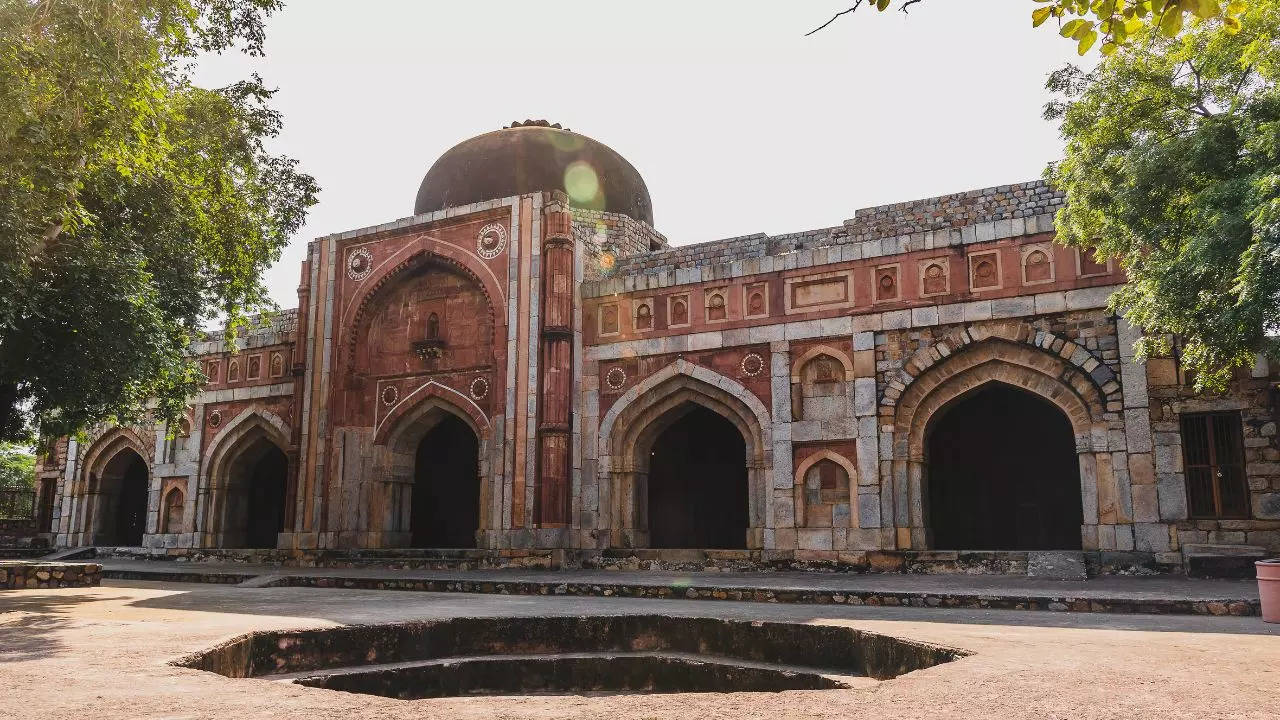
Abu Sufiyan: Jamali Kamali Tomb
Come winters and many tourists will start flocking to Humayun’s Tomb or Sunder Nursery. But Abu Sufiyan, founder of the Old Delhi-based cultural initiative Purani Dilli Waalon Ki Baatein, suggests exploring the Jamali Kamali tomb, tucked away inside the Mehrauli Archaeological Park. These tombs house the remains of Jamali, a 16th-century Sufi saint and poet, whose verses earned him a place of reverence in the courts of the Lodhi and Mughal emperors. Beside him lies Kamali, whose identity has been lost to the pages of time—some say Kamali was Jamali’s disciple or companion, while others believe the bond between them was deeply personal and spiritual.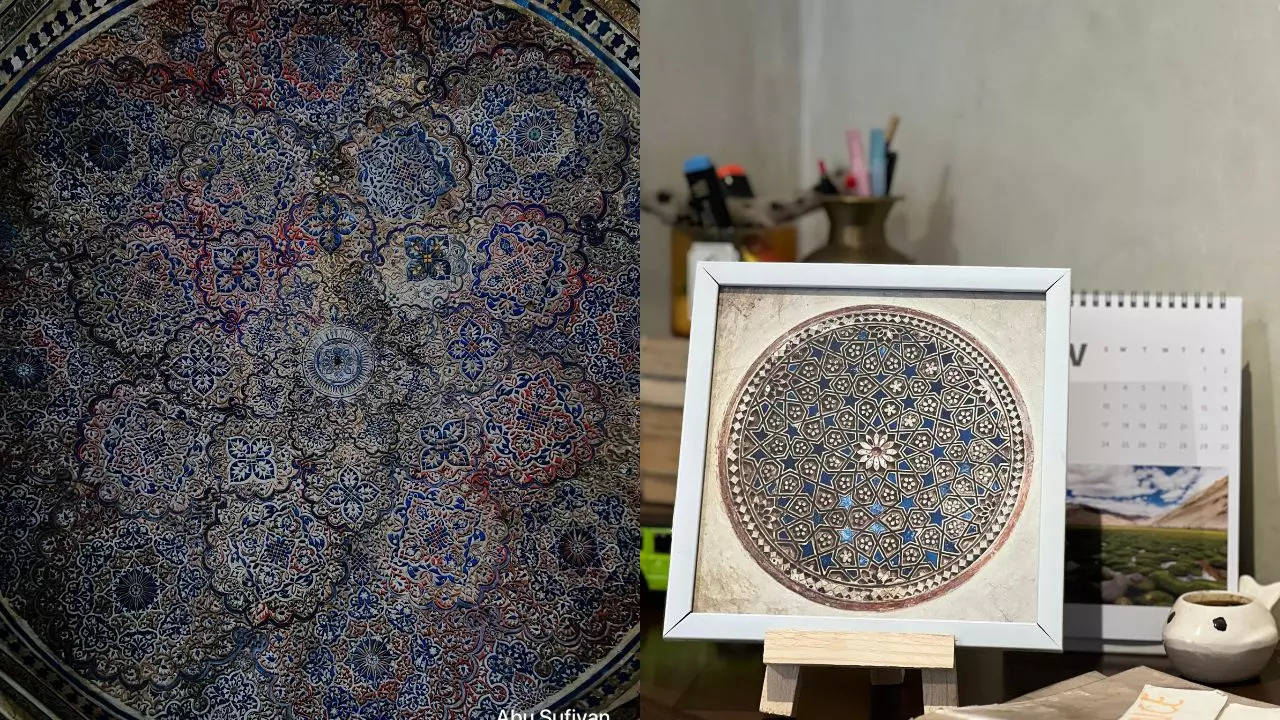
“While the site itself might not be very obscure, what makes it special for me is the fact that very few people are lucky enough to see the inside of the Jamali Kamali tomb. I am one of them. The stories related to the sufi tradition that Jamali was a proponent of is apparent the minute you enter the tomb. Inside, you’ll see incredible and intricate craftsmanship that is probably not present in any other monument in Delhi. The ceiling, especially, is filled with such intricate inlay work; it feels like the stars are right above you. I clicked a picture of the ceiling by lying down on the floor. There is probably no other place where the mysticism of Sufism feels like a constant companion,” he adds.
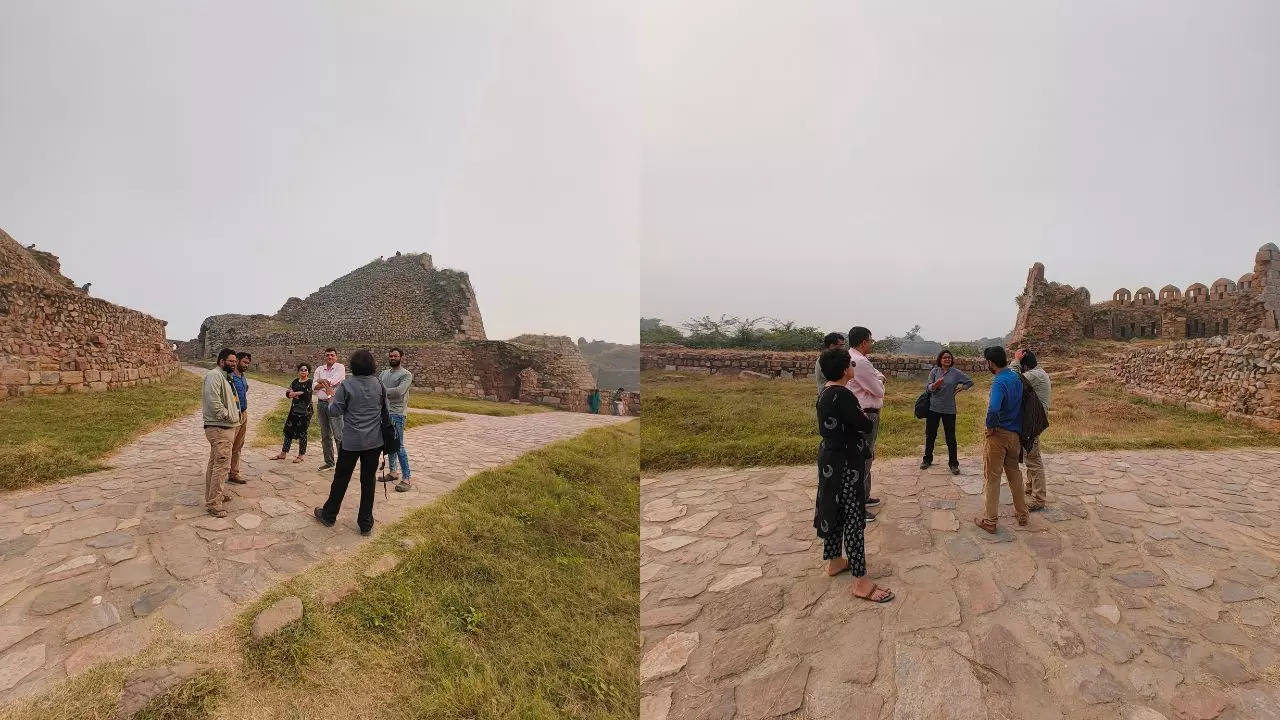
Sachin Bansal: Tughlaqabad Fort
Along the Badarpur-Mehrauli road in south Delhi are the ruins of a fort, scattered around like memories that evade you. For Bansal, these derelict remains of Tughlaqabad Fort are treasures. Through initiatives like Monument Friends and Heritage Heroes under Delhi Walks, India City Walks, and India Experiences, Bansal aims to put the spotlight on India’s heritage. A key part of the experiences he curates is the “Blogs of Battuta” walk at Tughlaqabad Fort.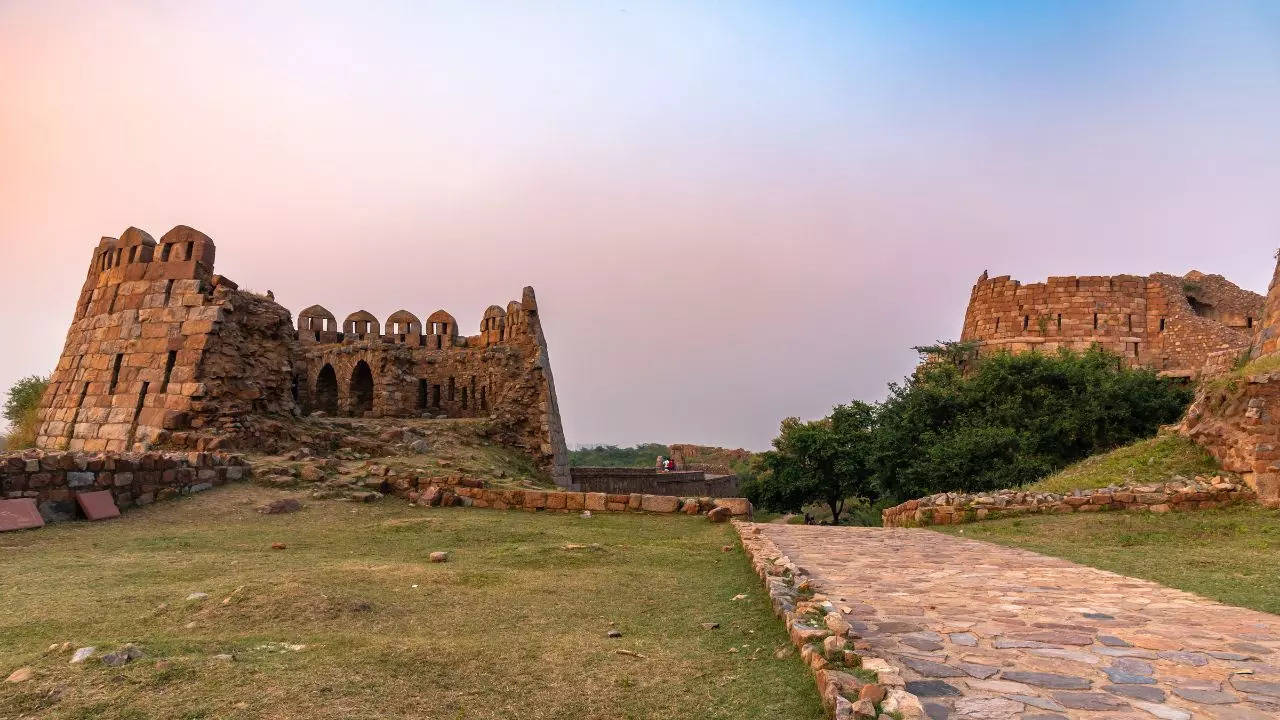
“We explore the world of the Delhi Sultans and Hindustan, as seen through the eyes of Ibn Battuta in his famous book, Rehla. We start by covering the history of Tughlaqabad, discussing its significance and features and explore the life of Ibn Battuta, a Moroccan traveller who visited the Indian subcontinent during the reign of Muhammad bin Tughlaq. He wrote extensively about the region, offering rich insights into its fruits, cultural practices, politics, and the court of the Sultan. His observations provide a vivid picture of life during this period in history, allowing us to experience key events and cultural highlights through engaging snippets from his travels,” he shares.
Get Latest News Live on Times Now along with Breaking News and Top Headlines from Travelogues, Travel and around the world.
Trending:

Mallika Bhagat author
Mallika Bhagat dreams about travelling permanently and writing occasionally. For now, she writes extensively on travel, lifestyle and culture in her r...View More
End of Article
Subscribe to our daily Lifestyle Newsletter!






From Makar Sankranti To Pongal: A Whirlwind Tour Of India’s Regional Harvest Festivals

Flights Under 9K: The Cheapest International Destinations To Visit From Delhi In February

Surajkund Mela 2025: World's Largest Fair Is Now Back! Know Dates, Ticket Price, And More

World's Tallest Woman Rumeysa Gelgi Shares Her Unique Flight Experience, Flies on a Stretcher

These Are The Cheapest Destinations For 2025, According To Skyscanner













